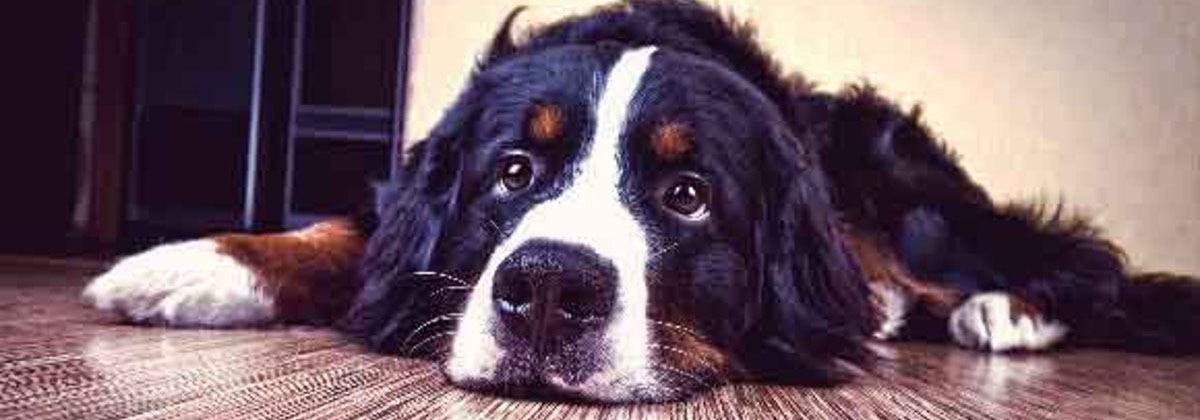23 Dec Hypothyroidism and Hyperthyroidism in Dogs (Part 2)
In the first part, we talked about hyperthyroidism and hypothyroidism. We said that if the thyroid gland is overactive, it increases the body’s metabolism, and if the thyroid is underactive, it reduces the metabolism. Hyperthyroidism has several symptoms, which we described in detail in the previous section. We also talked about the symptoms and diagnosis of hypothyroidism. In this section, we will describe the symptoms of hypothyroidism, goitre, treatment and complications of thyroid disease.
Hypothyroidism symptoms
Almost all body organs are affected if the body’s metabolism slows down. Most dogs with hypothyroidism have one or more of the following symptoms:
- High blood cholesterol
- Slow heart rate
- Thin fur and almost bald
- Weight gain without increasing appetite
- Lethargy and reluctance to exercise and mobility
- No hair regrowth after cutting or shaving
- Increased dark pigments in the skin of infected dogs
- Cold intolerance (feel cold quickly)
- Dry, dull and poor quality hair, with a lot of hair loss
- Increased sensitivity and incidence of skin infections in dogs
- Incidence of external ear disease in dogs
Some dogs with hypothyroidism also have other symptoms. Some of these symptoms include:
- Thicken the face skin so that their face looks “sad.”
- Abnormal nerve function causes painless lameness, leg cramps, misalignment, and head tilt.
- Infertility and miscarriage are also in female dogs with hypothyroidism.
- Loss of libido and infertility in male dogs without underlying disease are other symptoms of hypothyroidism.
- Another sign of hypothyroidism is corneal fat deposition or keratoconjunctivitis sicca (KCS) and dry eye due to insufficient tear production.
Goitre in dogs
Goitre is the result of an enlarged thyroid gland. This abnormality is caused by iodine deficiency, eating goitrogen (food and other substances that affect thyroid function), an iodine-rich diet, and congenital disabilities that affect thyroid hormone composition.
Thyroid disease treatments
Hypothyroidism is often classified as a treatable disease. The vet can successfully treat this disease by prescribing an oral hormone replacement to the thyroid. You should give this medicine until the end of the dog’s life. The most common alternative to synthetic thyroid hormone is levothyroxine.
Veterinarians often use surgery and medication to treat hyperthyroidism. The vet uses the drug to regulate the secretion of thyroid hormones and surgery on one or both glands to lower the secretion of thyroid hormone temporarily. Dogs are more likely to develop hypothyroidism after surgery and can take Thyroxine for the rest of their lives to regulate their thyroid hormones.
All dogs are treated with standard doses of thyroid replacement hormone, depending on their weight. After one month of treatment, blood samples are taken from the dog to ensure the pet has normal thyroid hormone levels. Blood samples are usually taken just before or 4-6 hours after medication because hormone levels can vary. Because the dog’s tolerance to thyroid replacement hormone may change over time, it may be necessary to adjust the dose periodically by a veterinarian. You will usually need to retest your dog’s thyroid hormone levels every six months.
In general, you should contact a veterinarian regularly to make sure your dog is getting the correct dose of medication. It’s also essential to check your dog’s condition regularly. Tell your veterinarian immediately if you diagnose any symptoms of hyperthyroidism or hypothyroidism in your dog.
Thyroid disease complications
You need to be careful when taking anti-hypothyroid medicine. Taking too much antihypertensive medication can cause your dog to have symptoms of hyperthyroidism. Symptoms of hyperthyroidism include hyperactivity, insomnia, weight loss and increased water intake.
Hypothyroidism is a disease caused by a lack of thyroid hormone secretion. It is a relatively common endocrine disorder in dogs. Hypothyroidism is less common in other species. Hypothyroidism slows down the body’s functions. Hypothyroidism causes adverse effects by slowing down the body’s metabolism. To have a healthy and lively dog, you need to pay attention to nutrition, activity, health, grooming and much more. You can prevent the disease and have a healthy dog in this case. In all these steps, you can count on the specialized team of MishkaGrooming. Our experienced and precise groomers have groomed your dogs carefully and accurately to count the moments for the next session.




Sorry, the comment form is closed at this time.